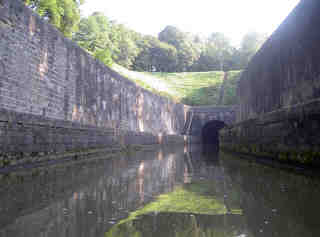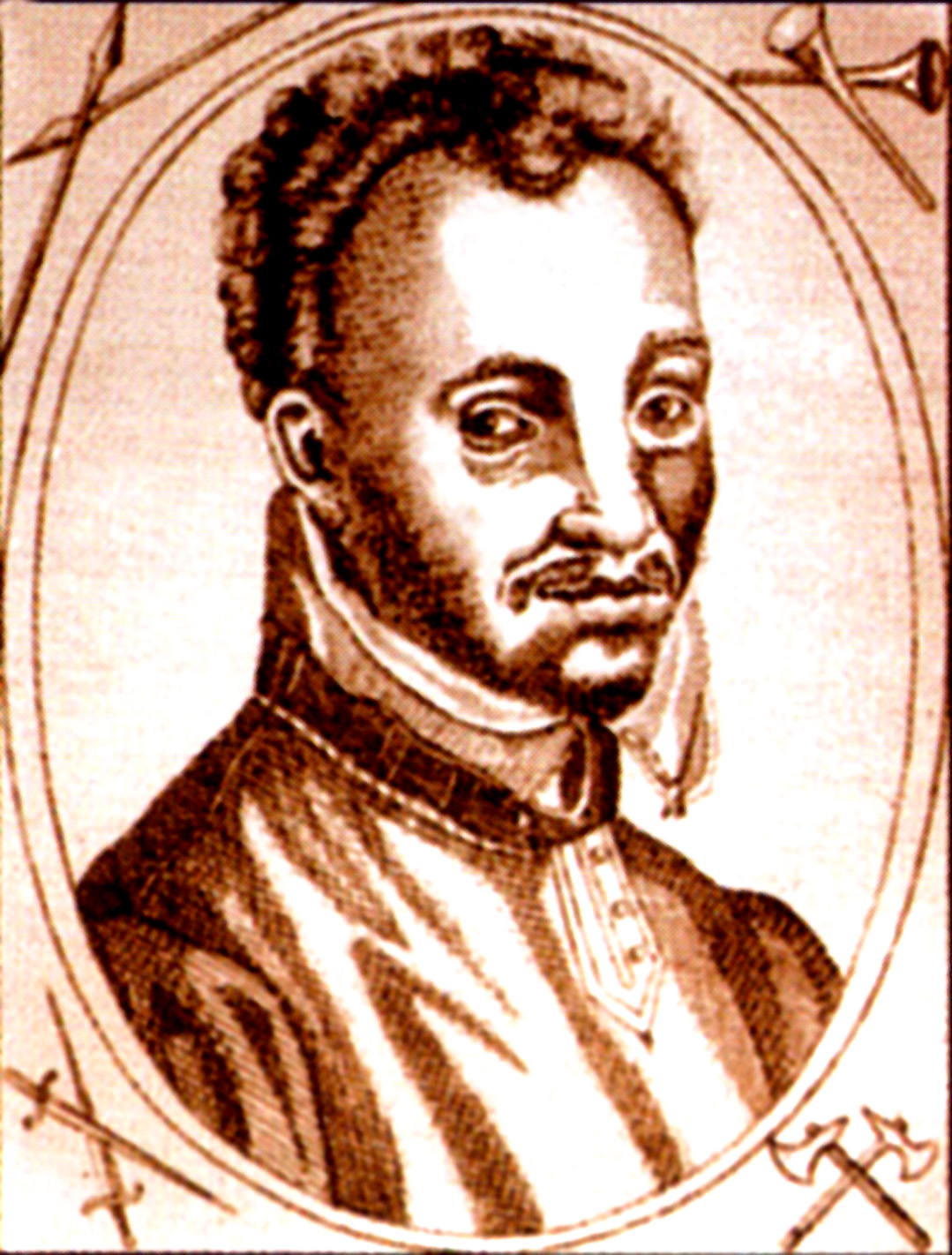|
ĂŽle Barbe
The Île Barbe is an island situated in the middle of the Saône, in the 9th arrondissement of Lyon, part of the quartier Saint-Rambert-l'Île-Barbe (a former-commune annexed in 1963). Its name comes from the Latin ''insula barbara'', "Barbarians' Island", suggesting that it was one of the last locales to be occupied (two centuries after the banks of the Saône were, at the foot of the hill of Fourvière). Geography History A monastery, later an abbey, was founded on the island in the 5th century. This was the first monastic establishment in the Lyon region and one of the oldest in all of Gaul. Charlemagne gave it a beautiful library. The monastery, pillaged several times (in 676 and 725 by the Saracens, and in 937 by the Huns), adopted the Rule of Saint Benedict in the 9th century and gradually became wealthy. In 816, Louis the Pious awarded the monastery: * the right to maintain at all time three boats upon the Saône, the Rhône and the Doubs exempt from taxes for ... [...More Info...] [...Related Items...] OR: [Wikipedia] [Google] [Baidu] |
SaĂ´ne (river)
The Saône ( , ; ; ) is a river in eastern France (modern region of Bourgogne-Franche-Comté). It is a right tributary of the Rhône, rising at Vioménil in the Vosges department and joining the Rhône in Lyon, at the southern end of the Presqu'île. Terminology The name derives from that of the Gallic river goddess Souconna, which has also been connected with a local Celtic tribe, the Sequanes. Monastic copyists progressively transformed ''Souconna'' to ''Saoconna'', which ultimately gave rise to . The other recorded ancient names for the river were and . The name ''Arar'' later gave rise to specific regional terms in historiography, created to designate various northern parts of historical Burgundy in relation to the river Saône. Depending on the point of view of a particular author, northern Burgundian lands were thus designated whether "on this side of Saône" () or "on the other side of Saône" (). Geography The Saône rises at Vioménil at the foot of the cliff o ... [...More Info...] [...Related Items...] OR: [Wikipedia] [Google] [Baidu] |
RhĂ´ne
The Rhône ( , ; Occitan language, Occitan: ''Ròse''; Franco-Provençal, Arpitan: ''Rôno'') is a major river in France and Switzerland, rising in the Alps and flowing west and south through Lake Geneva and Southeastern France before discharging into the Mediterranean Sea (Gulf of Lion). At Arles, near its mouth, the river divides into the Great Rhône () and the Little Rhône (). The resulting River delta, delta forms the Camargue region. The river's source is the Rhône Glacier, at the east edge of the Cantons of Switzerland, Swiss canton of Valais. The glacier is part of the Saint-Gotthard Massif, which gives rise to three other major rivers: the Reuss (river), Reuss, Rhine and Ticino (river), Ticino. The Rhône is, with the Po (river), Po and the Nile, one of the three Mediterranean rivers with the largest Discharge (hydrology), water discharge. Etymology The name ''Rhône'' continues the Latin name (Ancient Greek, Greek ) in Greco-Roman geography. The Gaulish name of t ... [...More Info...] [...Related Items...] OR: [Wikipedia] [Google] [Baidu] |
Claude Le Laboureur
Claude Le Laboureur (1601–1680s) was a French Roman Catholic clergyman and historian. Early life Claude Le Laboureur was born in 1601. Career Le Laboureur was the provost of the Abbey of Île Barbe on the Île Barbe in Lyon. Le Laboureur was the author of books about French history, genealogy, and heraldry Heraldry is a discipline relating to the design, display and study of armorial bearings (known as armory), as well as related disciplines, such as vexillology, together with the study of ceremony, Imperial, royal and noble ranks, rank and genealo .... He was also a large book collector. Death and legacy Le Laboureur died in the 1675. One of his nephews, Jean Le Laboureur, became a courtier and historian, while another nephew, Louis Le Laboureur, was a poet. Meanwhile, Le Laboureur bequeathed many of his books to local libraries. References {{DEFAULTSORT:Le Laboureur, Claude 1601 births 1680s deaths Clergy from Lyon 17th-century French Roman Catholic priests 1 ... [...More Info...] [...Related Items...] OR: [Wikipedia] [Google] [Baidu] |
VĂ©lo'v
Vélo'v is a bicycle sharing system, bicycle-sharing system running in the city of Lyon, France, in conjunction with the advertising company JCDecaux. It has been the pioneer of smart bicycle-sharing systems, previous systems being more ad hoc and run similar to a charity. The relationship with JCDecaux allows the city to provide the service on a cost neutral basis for the city, and at a very low cost to users, in return for providing exclusive advertising access on bus shelters and the like. The primary aim is to reduce vehicle traffic within the city. The scheme also aims to reduce pollution, create a convivial atmosphere within the city, and encourage the health benefits of increased activity. Its name is a portmanteau of French language, French ''vélo'' (''Bicycle, bike'') and English language, English ''love''. The first bicycle-sharing system to open in France, after the pioneering 1974 scheme in La Rochelle, its success inspired similar systems in major French and Europe, ... [...More Info...] [...Related Items...] OR: [Wikipedia] [Google] [Baidu] |
Place Bellecour
The Place Bellecour () is a large square in the centre of Lyon, France, to the north of the Ainay district. Measuring 312 m by 200 m (6.2 ha or 15 acres), it is one of the largest open squares (without any patches of greenery or trees) in Europe, and the third biggest square in France, behind the Place des Quinconces in Bordeaux (12.6 ha) and the Place de la Concorde in Paris (8.6 ha). It is also the largest pedestrian square in Europe: vehicles are allowed on the Place de la Concorde and Place des Quinconces. In the middle is an equestrian statue of King Louis XIV by François-Frédéric Lemot (1825). Another statue, representing the Petit Prince and Antoine de Saint-Exupéry, is at the west end of the square. The square also has two pavilions, housing the tourist information office of Lyon and an art gallery. The square is part of a UNESCO World Heritage Site. Location This square forms the central focus of the Presqu'île (peninsula), between t ... [...More Info...] [...Related Items...] OR: [Wikipedia] [Google] [Baidu] |
Aviron Union Nautique De Lyon
Aviron () is a commune in the Eure department in Normandy in northern France. Population See also *Communes of the Eure department The following is a list of the 585 communes of the Eure department of France France, officially the French Republic, is a country located primarily in Western Europe. Overseas France, Its overseas regions and territories include French G ... References Communes of Eure {{Évreux-geo-stub ... [...More Info...] [...Related Items...] OR: [Wikipedia] [Google] [Baidu] |
Caluire-et-Cuire
Caluire-et-Cuire (; ) is a commune in the Metropolis of Lyon in the department of Rhône, Auvergne-Rhône-Alpes, eastern France. It is the fifth-largest suburb of the city of Lyon Lyon (Franco-Provençal: ''Liyon'') is a city in France. It is located at the confluence of the rivers Rhône and Saône, to the northwest of the French Alps, southeast of Paris, north of Marseille, southwest of Geneva, Switzerland, north ..., and lies 4 km north-by-east of Lyon. Population Neighbourhoods * Le Bourg * Vassieux * Cuire-le-Bas (quarter) * Cuire-le-Haut (quarter) * Saint-Clair * Le Vernay * Montessuy * Bissardon See also * Parc Saint-Clair References External links Town council website(in French) {{DEFAULTSORT:Caluireetcuire Communes of Lyon Metropolis Lyonnais ... [...More Info...] [...Related Items...] OR: [Wikipedia] [Google] [Baidu] |
François De Beaumont
François de Beaumont, baron des Adrets (2 February 1587) was a Provence, Provincial military leader. He fought for the House of Valois, Valois monarchy during the Italian Wars distinguishing himself under Charles de Cossé, Count of Brissac, Marshal Brissac. He fought against the crown for the Huguenots, Huguenot rebels during the first French Wars of Religion. Conducting himself with great brutality in his campaigns, he supported the crown in the subsequent civil wars. Having retired, he died on his estates in 1587. Biography Early life He was born in 1512 or 1513 at the château of La Frette, Isère, La Frette (Isère).. He was the son of Georges de Beaumont, baron des Adrets and Jeanne Guiffrey. As a young man he forcibly rescued his sister from a convent, that she had been sent to against her will. He married Claude Gumin with whom he had several children. None of his son survived him. One of them was killed at the siege of La Rochelle in 1573. His two girls had only one o ... [...More Info...] [...Related Items...] OR: [Wikipedia] [Google] [Baidu] |
Canon (clergy)
Canon () is a Christian title usually used to refer to a member of certain bodies in subject to an ecclesiastical rule. Originally, a canon was a cleric living with others in a clergy house or, later, in one of the houses within the precinct of or close to a cathedral or other major church and conducting his life according to the customary discipline or rules of the church. This way of life grew common (and is first documented) in the 8th century AD. In the 11th century, some churches required clergy thus living together to adopt the rule first proposed by Saint Augustine that they renounce private wealth. Those who embraced this change were known as Augustinians or Canons Regular, whilst those who did not were known as secular canons. Secular canons Latin Church In the Latin Church, canons are the members of a chapter, that is a body of senior clergy overseeing either a cathedral (a cathedral chapter) or a collegiate church. Depending on the title of the church, several la ... [...More Info...] [...Related Items...] OR: [Wikipedia] [Google] [Baidu] |




